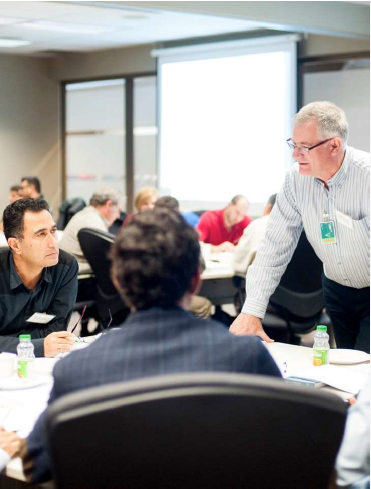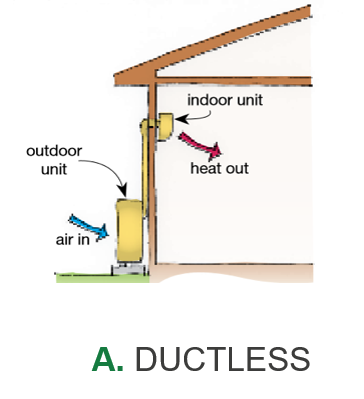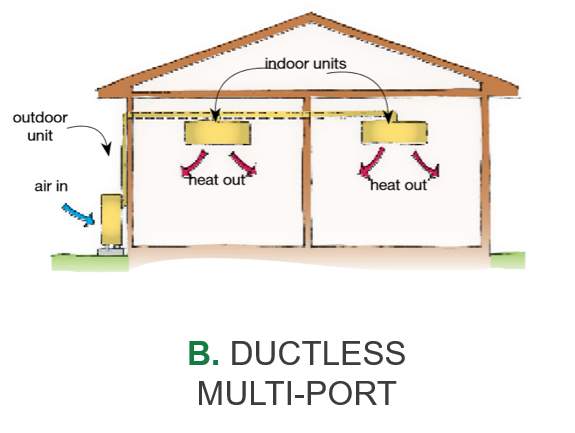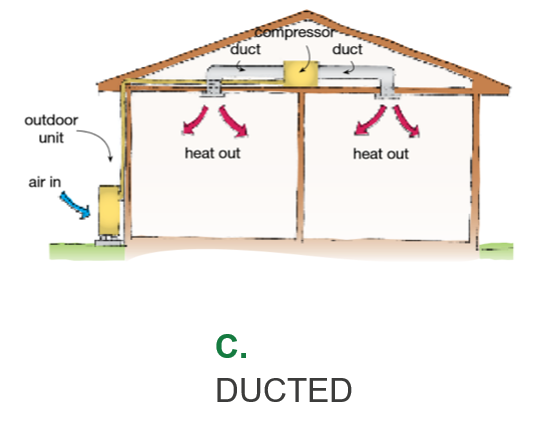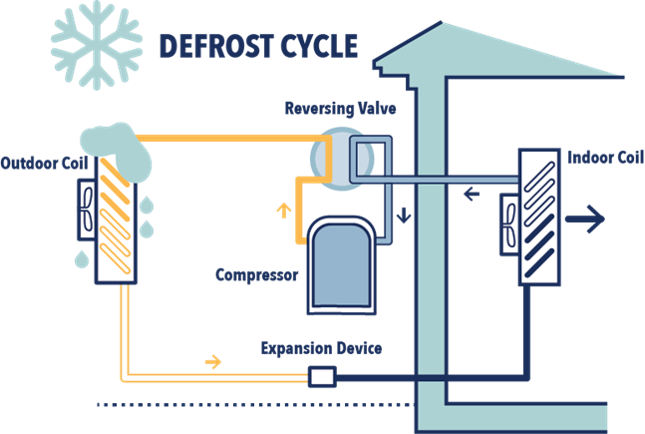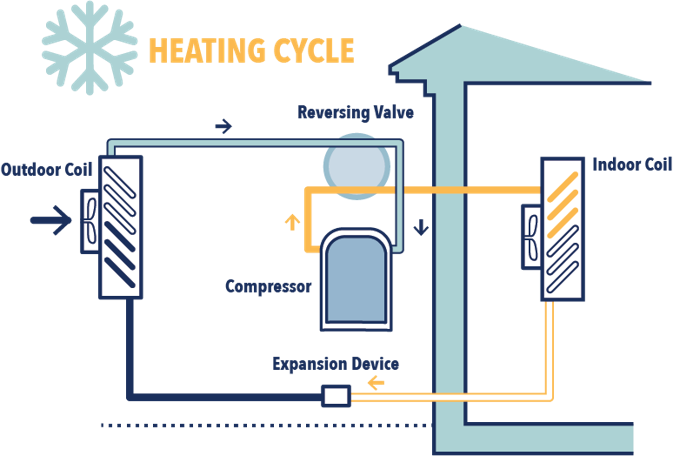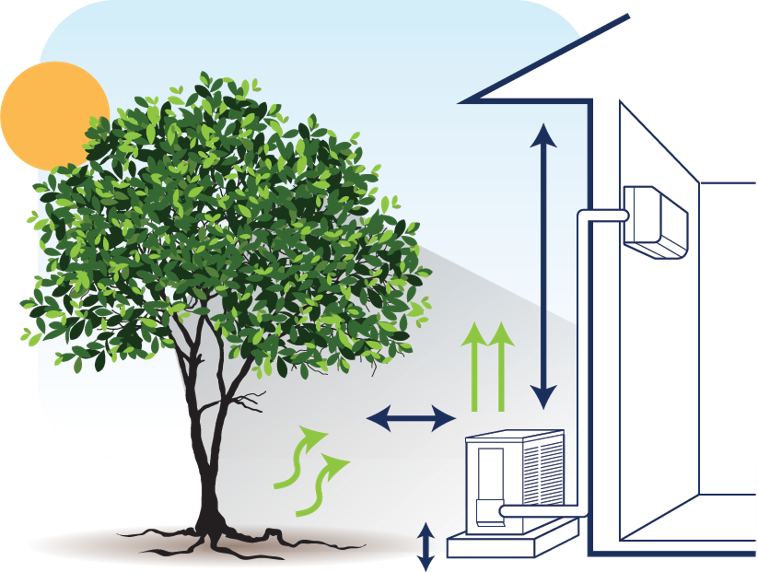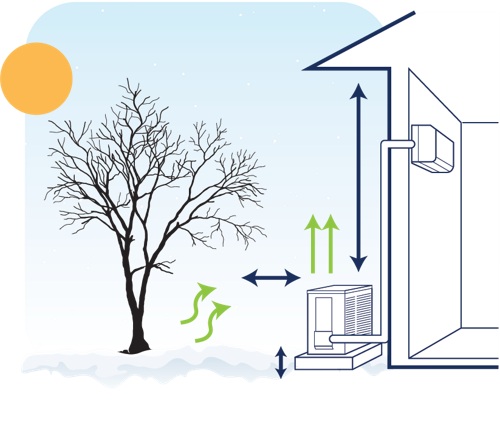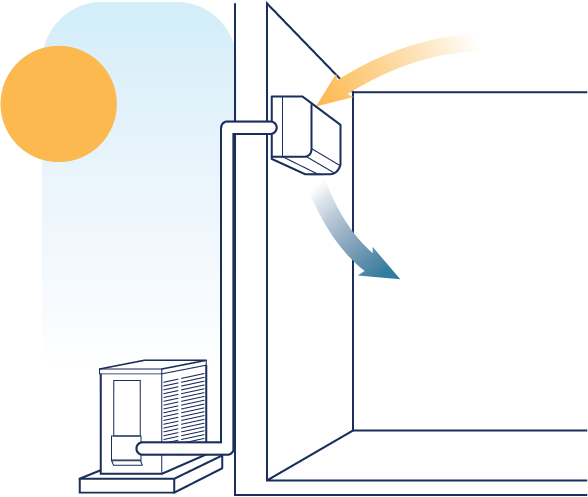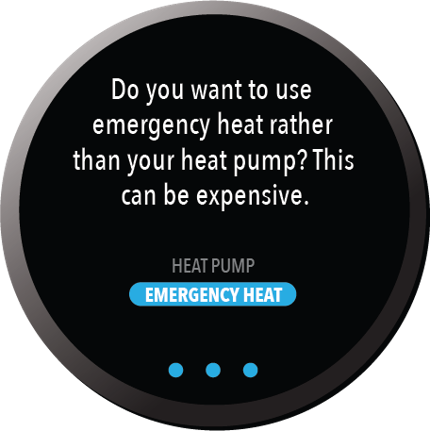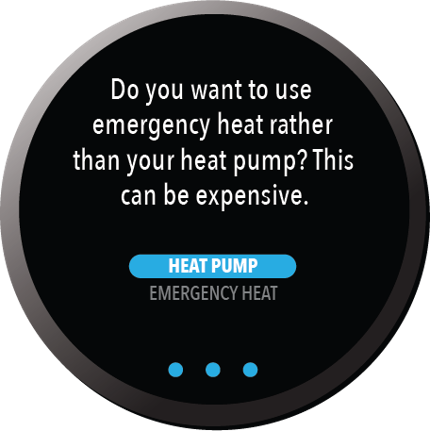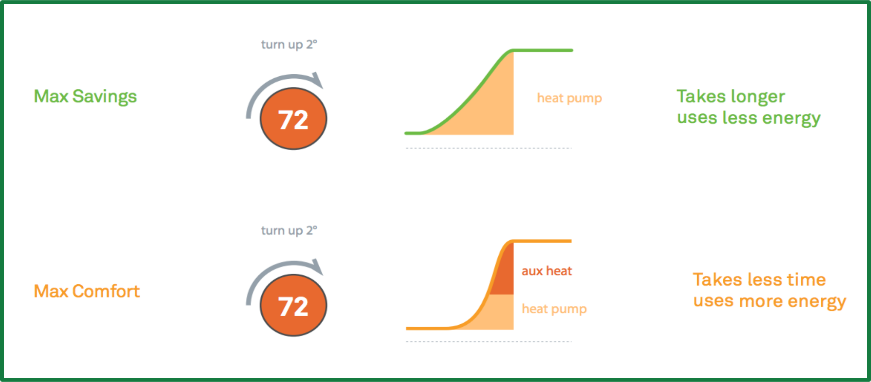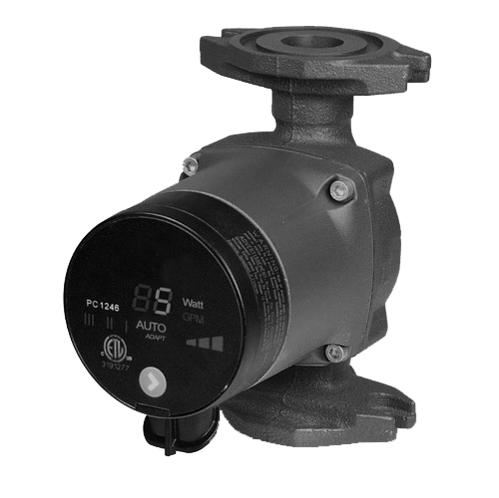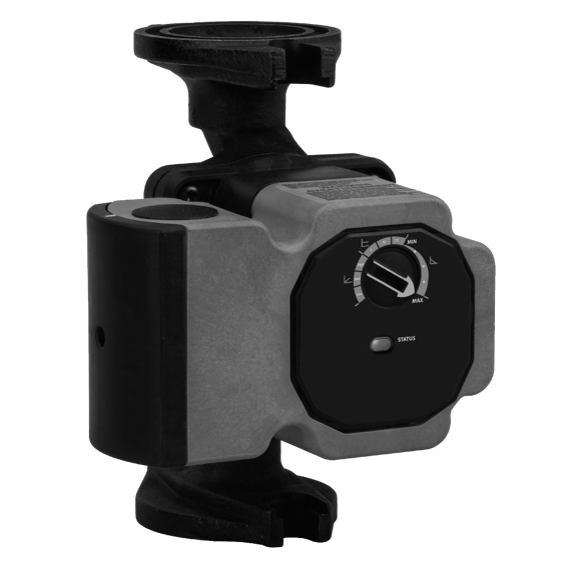Maintenance of a CAC or ASHP
To ensure the system runs as efficiently as possible, a technician should perform the following services on an annual basis:
- Verify correct refrigerant charge and check for refrigerant leaks
- Inspect and seal duct leakage
- Verify electric control and make sure that the heating system and cooling system cannot operate simultaneously
- Measure air flow through the system
- Inspect electric terminals, and, if necessary, clean and tighten connections, and apply nonconductive coating
- Lubricate motors, and inspect belts for tightness and wear
- Verify correct thermostat operation
